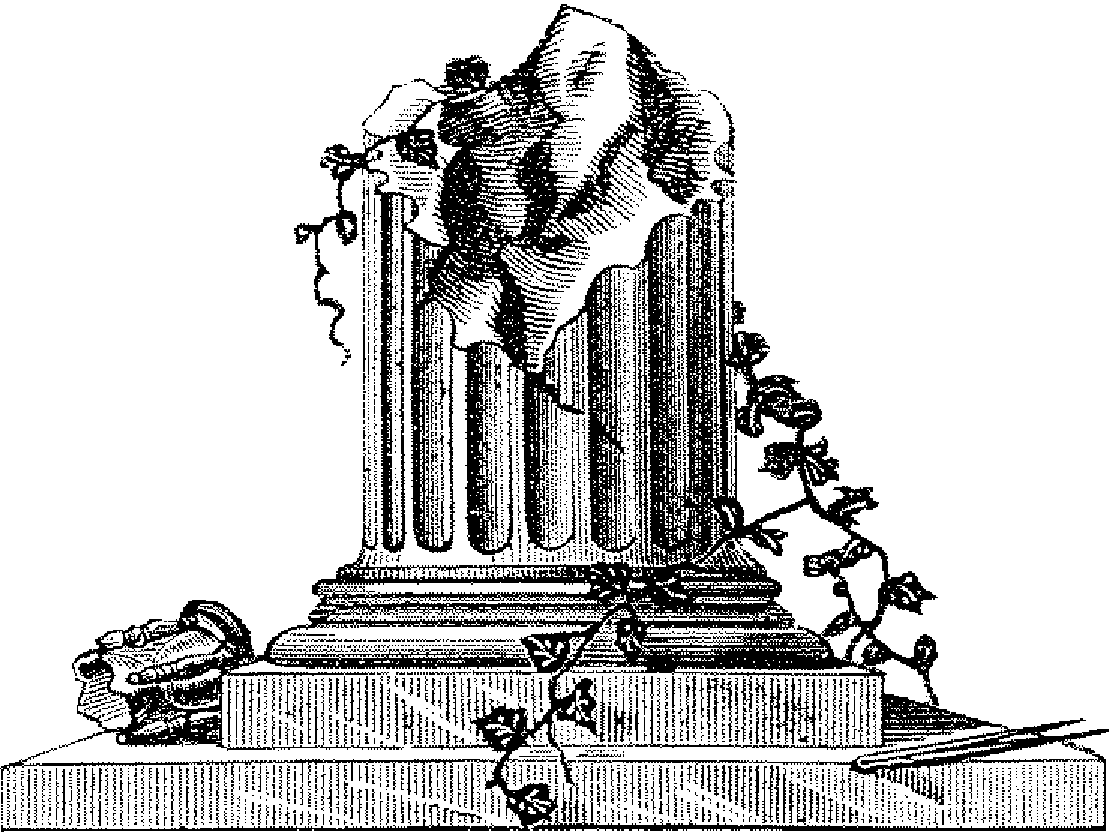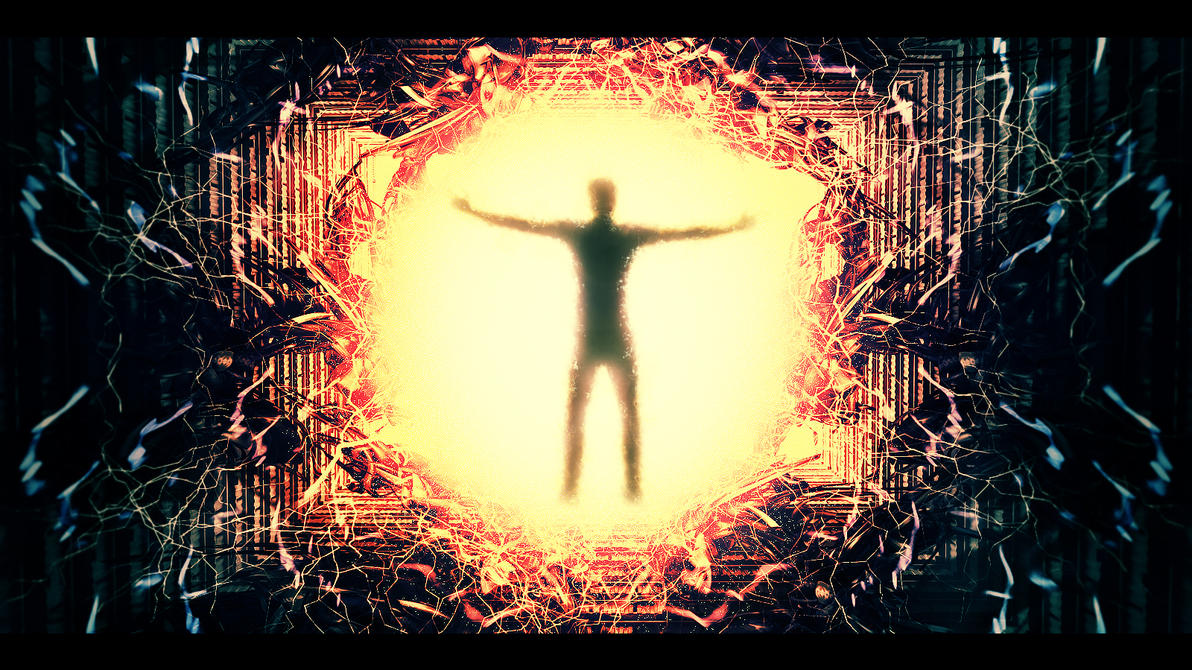It is easy
to be so wrapped up in the minutiae of daily life—taking out the trash and the
recyclables on the right days; making sure the kids have done their homework,
and that there are no (longer any) potatoes growing behind their ears; keeping
track of whether one’s Dear Spouse’s birthday is next week or the week after (or,
quelle horreur, last week); getting
All That Work done—it is so easy, I say, to get so wrapped up in this that we
lose perspective, and forget about our ultimate objectives: Why do I do this
work? Why are my Dear Spouse and I together? Why do we have these children? Why
am I living this daily life?
As with our
lives as a whole, so too with our Craft. It is easy to get so caught up in the
minutiae—Who is driving whom to what Masonic event? Did we get enough food for
the Festive Board? (and so on and so
on)—that we can lose track of the more important questions, the questions that
should be uppermost in our minds regarding our Fraternity: Why Masonry? What is
Freemasonry really about? What are our objectives as Freemasons?
There is,
of course, a well-worn answer to the question of the purpose of Freemasonry: “To
make good men better”—an answer that has been slung around since at least the
mid-twentieth century. It is a fair capsule description, as far as it goes.
But it does
not go nearly far enough. To really understand the point of Freemasonry, to
comprehend and even to fulfill our purpose as Masons, we need to understand the
full scope of Masonry’s objectives.
We need to
understand that Freemasonry is about
transformation.
This is the
first blog post of a series in which I explain my approach to the purpose of
Freemasonry. In this post, I describe the objective of Masonry in terms of
individual, personal transformation: self-transformation—even, I daresay,
self-transmutation.
Symbols as Principles of Personal Transformation
Think of
the visual symbols that are most characteristic of each of the three degrees of
the Blue Lodge: the working tools, the tracing boards, the symbolic stairway. Ponder,
as one great whole, the experience of
the rituals of Masonic initiation. All of these things are intended to change
the way that Freemasons think about themselves and their lives, and the way
that they behave, both in their personal lives, and in their interactions with
others. Consider this:
- The candidate enters the sacred space of the
Lodge room in darkness—not because the room is unilluminated, but because the
candidate is ‘blind.’ This is our position in the world, despite whatever
position, rank, or wealth we may possess: without spiritual light, we are as
good as blind.
- Our blindness is not relieved until we kneel at
the Altar of prayer, holding fast to the Volume of Sacred Law (and Insight).
To create a
life of excellence, we learn, it is necessary to apply certain principles and
practices. Among these are:
- A constant, unremitting effort to correct the
defects of our characters, to chip off the characteristics we should not
possess, and to fill in the areas we lack.
- A commitment to hold our behavior to the highest
standards. There is to be no bending of the rules here, when it comes to our
integrity.
- Determination to take a balanced approach to
every day, and use our time wisely: to work industriously and diligently, but
not to the point of exhaustion; to rest, but not to the point of sloth; to
engage in recreation, but not to the point of indolence or intemperance. (I will
consider service in another post in this series.)
- A lifelong, major effort to improve our minds
and skills, in multiple areas of knowledge, the arts, the sciences, and the
humanities.
- A firm commitment to keeping our word; to doing
what we say we will do, when we say we will do this; to not doing what we say
we won’t do, when we say we won’t do that.
- A determination to stick patiently with the Work
and the Journey, not expecting results or progress that are not really earned.
A Contrast to the Ways of the World
One cannot overestimate how radical the transformation promoted by Freemasonry would have been
in 17th and early 18th century Britain and continental
Europe:
- Spiritual discipline was largely a thing for
monasteries, convents, and seminaries, not for laypeople in the world.
- Aside from the Jewish community, most Europeans
were either illiterate or barely literate by today’s standards. In contrast,
Freemasonry promoted ongoing education in the Arts and Sciences.
- Among the aristocracy, intemperance and
indulgence were quite widespread. There is a reason why the English simile, “drunk
as a lord,” has endured for centuries.
It is easy
to tut-tut at life in the age when Freemasonry as we know it began. But our own
age is not so very different, and is filled with more powerful distractions.
Let us just focus on the situation in the United States.
The
functional “illiteracy” of the American public in multiple areas is astonishing
to the point of parody. The relatively
mediocre ranking of the U.S. in terms of students’s
mathematical and scientific knowledge is well documented (and, to my mind, is
even a threat to national security). The
geographic and historical ignorance of
Americans is all too well documented, as well. Even in relation to their own
religions
(let alone anyone else’s!), Americans as a group are stunningly ignorant. To
all of this, Freemasonry counters: educate yourselves!
Much of
popular culture—particularly as seen in certain works of music and video—promotes
a materialistic lifestyle focused on an alcohol- and drug-fueled binge of hedonistic self-indulgence, an attitude
exposed in such films as
The Wolf of Wall
Street (trailers
here and
here)—a film which is, after all, a dramatization of a
non-fiction
book by a former Wall Street insider). To all of this,
Freemasonry responds with a vision of a life of purpose, based on spiritual
principles of one’s own choice—and with the tools to make that vision a
reality.
Conclusion—and Two Take-Away Messages
Freemasonry
is meant to “get into your head,” as well as your heart. It aims to transform
the Mason’s worldview, and the Mason’s very motivational structure within the
personality. That is personal
transformation. It has been the focus of initiatic disciplines over the course
of at least the last 4,000 years of human history. And it is the focus of
Freemasonry today.
There are
two take-away messages here:
First, for
my fellow Freemasons: Understand what Freemasonry is really about. Masonry is
meant to help you thoroughly change yourself—to help you transform yourself; even (in an alchemical sense) to help you transmute
yourself—into a person different than the person you were when you first
approached the Western Gate. I exhort you to engage that process,
actively, not passively. (In future posts on this blog, I shall consider in
more detail how to do that.)
Second, to
my readers who are not Masons, who are intrigued by all this: Consider getting
involved. There is, almost certainly, a Masonic body near your residence or
workplace. (You can learn more about Freemasonry in my book,
Freemasonry: An Introduction; Chapter 9
is titled, “How to Become a Freemason.” Ladies: I describe woman-oriented
Masonic groups in Chapters 3 and 6.)
Next in the series: Freemasonry and Community Transformation.
- - - - - - -
I invite you to subscribe to my mailing list, to receive my
twice-monthly newsletter Markings—Masonic
Edition. Fill in the box in the upper-right hand corner of this blog post,
and we’ll set you right up!
I also invite you to become a “follower” of this blog
through the box in the upper-right hand corner. I also invite you to subscribe
to the RSS feed for this blog.
Visit the “The Freemason Mark”
page on Facebook.
Visit Mark
Koltko-Rivera’s personal
website.
[The image was created by the artist known as “silster,” and is titled “Hero
Transformation.” It was found on the artist’s
webpage.]
(Copyright 2016 Mark E. Koltko-Rivera. All Rights
Reserved.)




